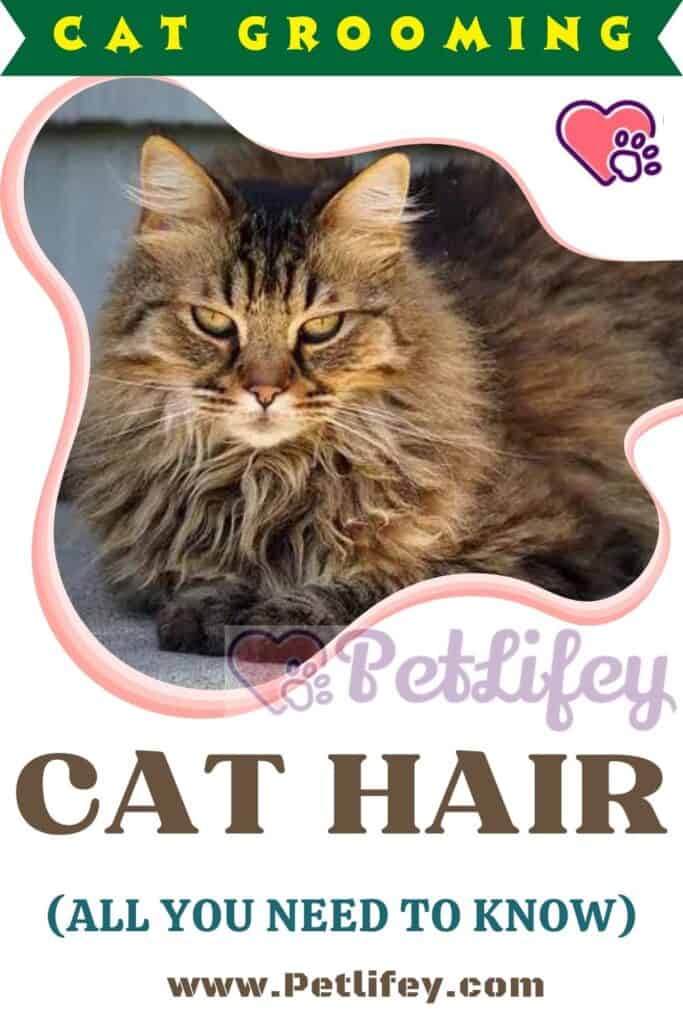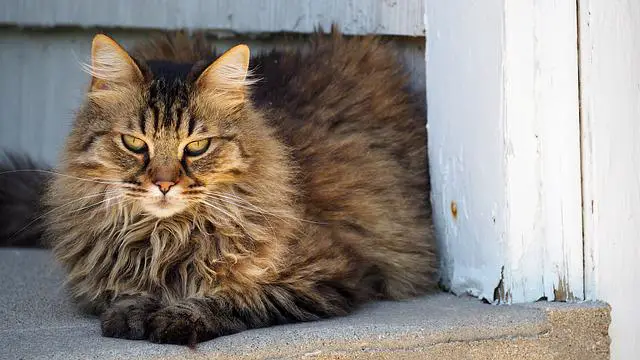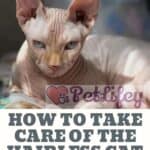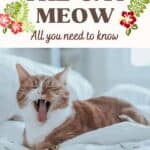
FUNCTIONALITY’:
The cat’s coat acts as thermal insulation. In the wild, the color of the fur also serves as camouflage and is related to the environment. The hairs also serve to defend against temperatures that are too high and above all from those below the norm: evident is the case of the Norwegian cat that protects it from the icy cold of the mountains.
Random mutations and selected crosses have produced the coats of today’s purebred cats. In the following sheets we will deal with the types of animals that shed less hair than others.
Hair coloring (tipping): The domestic cat, like the wild one, has a predominantly brindle color of the coat, but selective breeding has produced uniform colors along with other completely new colors: black, lilac, blue, tortoiseshell scale, smoke, cameo and many other shades.
A hair may be colored only slightly at the tip, or the coloring may extend almost to the root. The coloring is of different character:
- uniform coloring
- shell
- shaded
- smoke
- ticking
Coat Types: There are three main coat types: the dominant coat (gray), the intermediate coat (blue), finely wavy and rougher, and the soft undercoat (pink).
- American Shorthair: This coat features a dominant, intermediate coat and extremely coarse, bristly undercoat.
- Angora: dominant coat and undercoat are very long, but finer and less dense than in Persian.
- British Shorthair: the superficial hair is approximately 4.5 cm long, while the intermediate hair is sparse.
- Cornish Rex: very short and curly intermediate coat and undercoat, all of the same length.
- Devon Rex: dominant, intermediate and undercoat all very short and curly.
- Maine Coon: dominant and underhair hair, as in the Persian, but of uneven length and less fluffy.
- Persian: dense coat, with very long dominant hair that can reach 5 cm, and a dense undercoat.
- Sphynx: almost hairless, deprived of dominant and intermediate hair, but with a part of undercoat on the muzzle, tail and legs.
Persian-type
The coat length of the Persian or Angora or Burmese coat gives a luxurious appearance, greater variety in shape and texture and is beautifully soft to the touch. Obviously it requires brushing and daily care.
Twisted Coat
Each hair of the American wirehair, including the mustache, is curled and twisted. This gives it, on the whole, a rough and elastic look.
Hairless Coat
The Sphynx cat, although hairless, is not totally hairless. In fact it is covered by a fine and soft down.
Shorthaired Coat
The shorthair’s coat is made up of hair that tends to fall out less, rarely gets ruffled or knotted and therefore requires far less care than the Persian.







